Tour tech: More tidbits from the Tour de France
HTC-Columbia inks bearing deal with Ceramicspeed
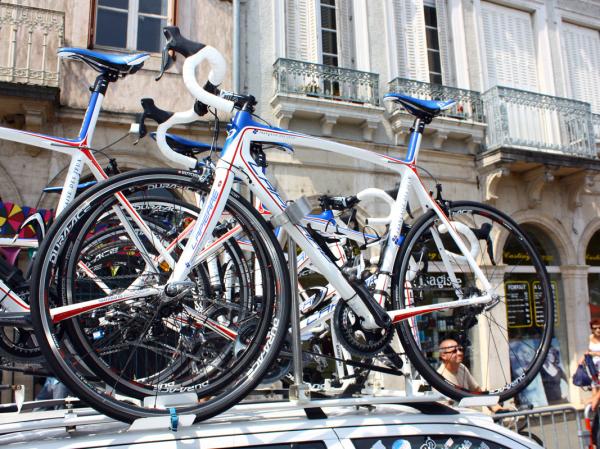
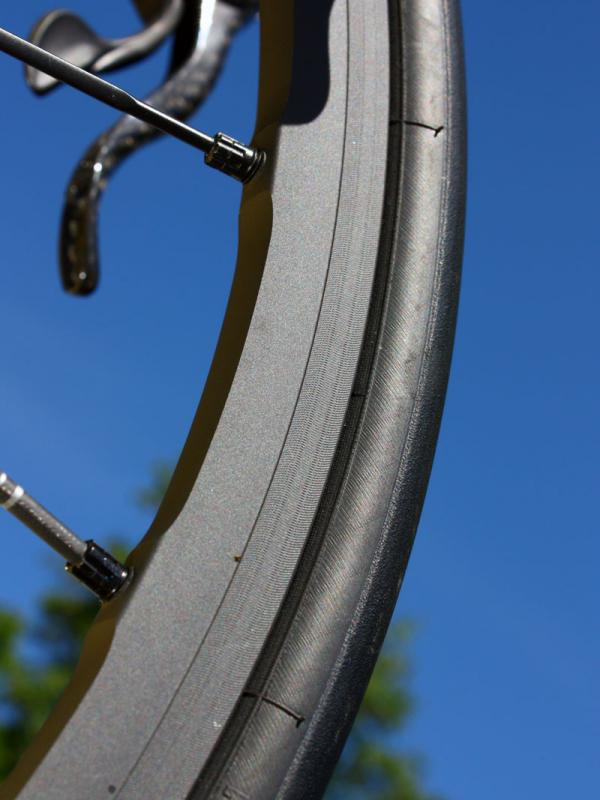
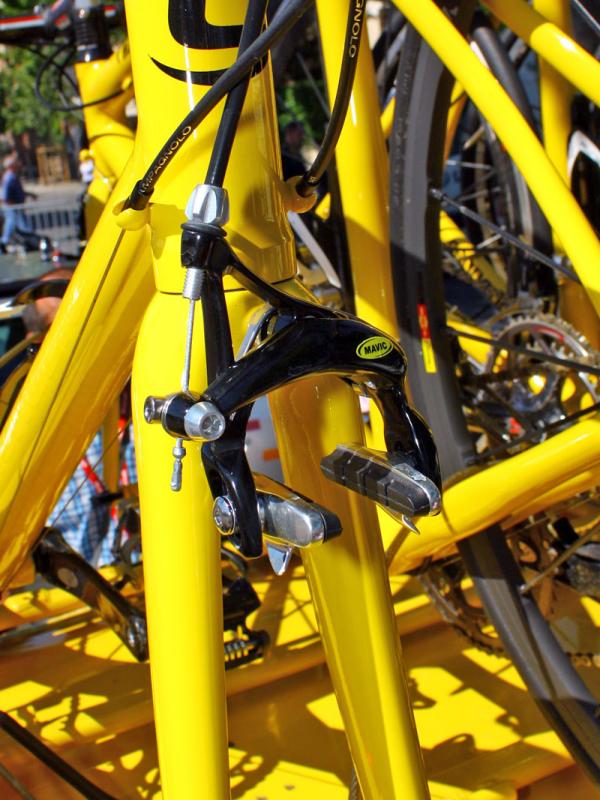
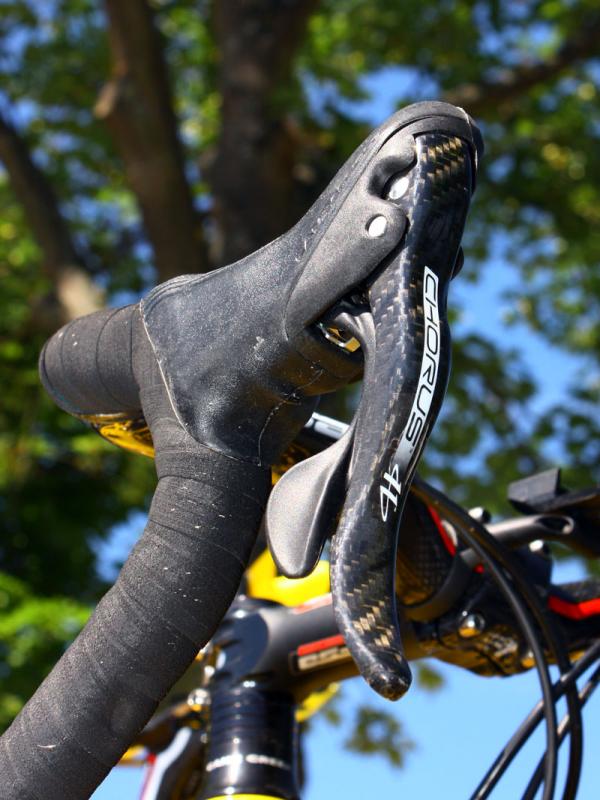
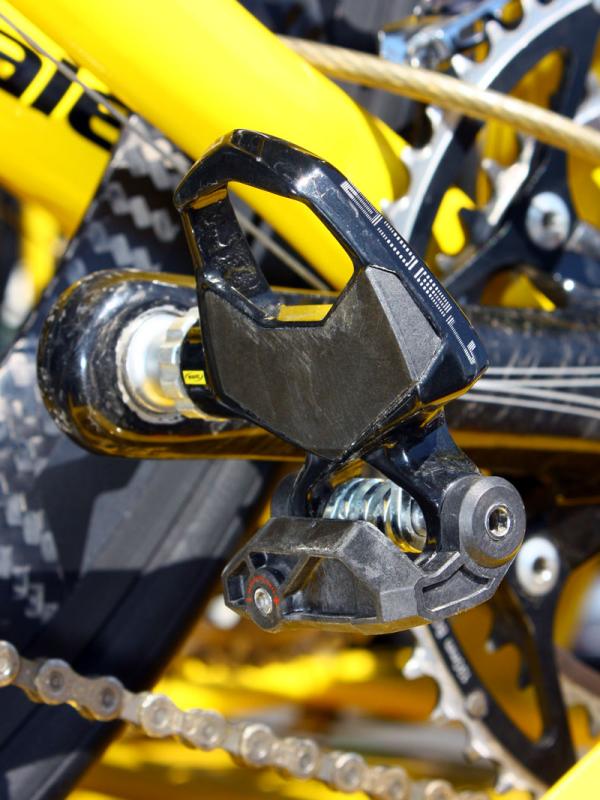
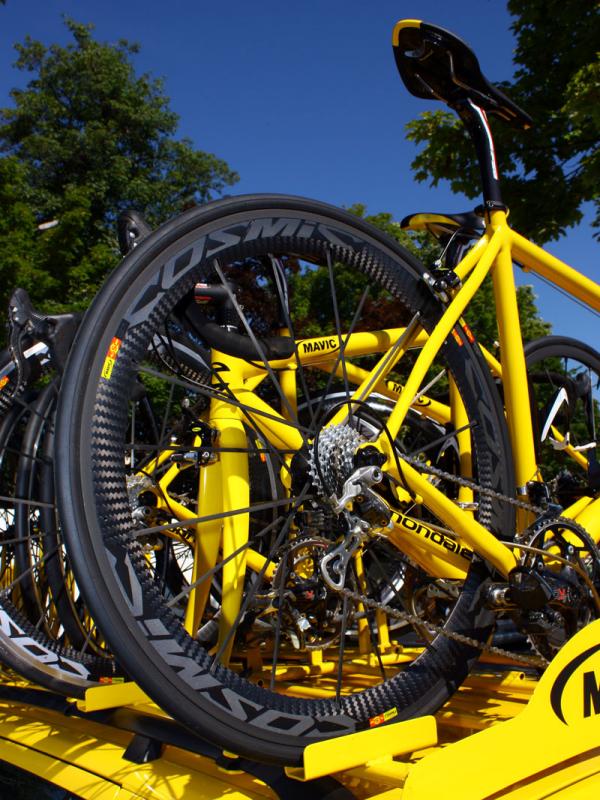
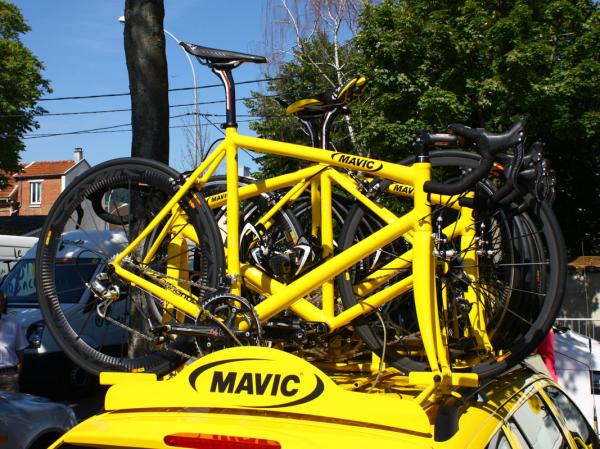
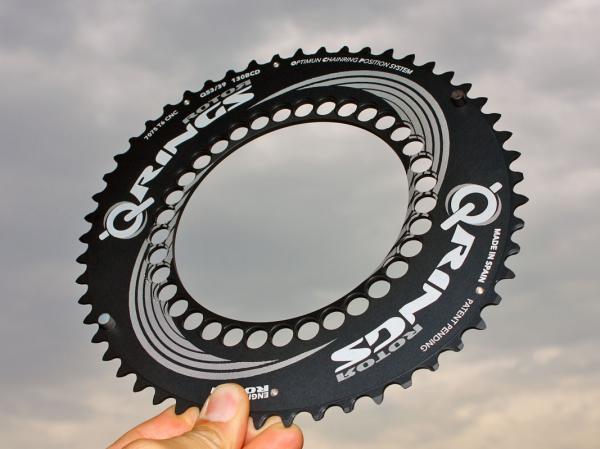
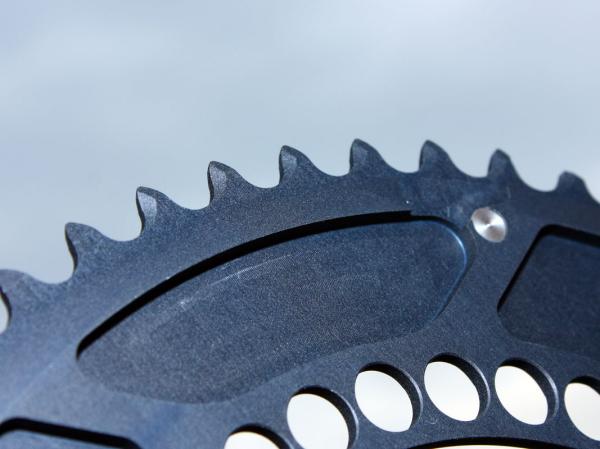
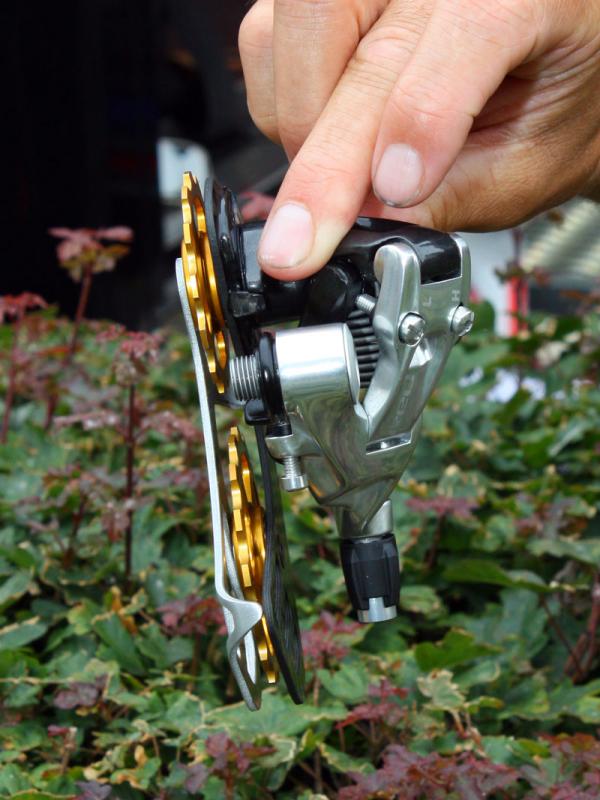
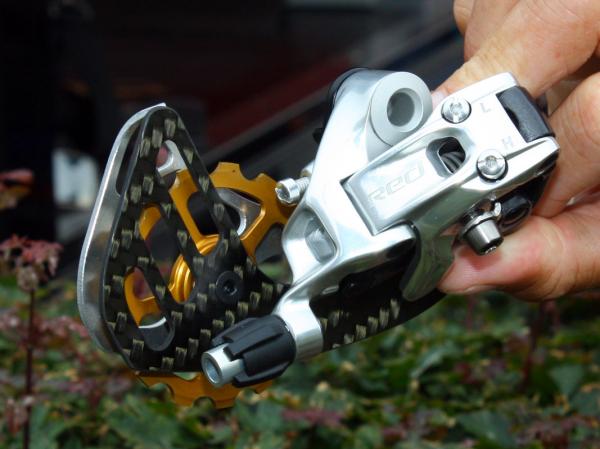
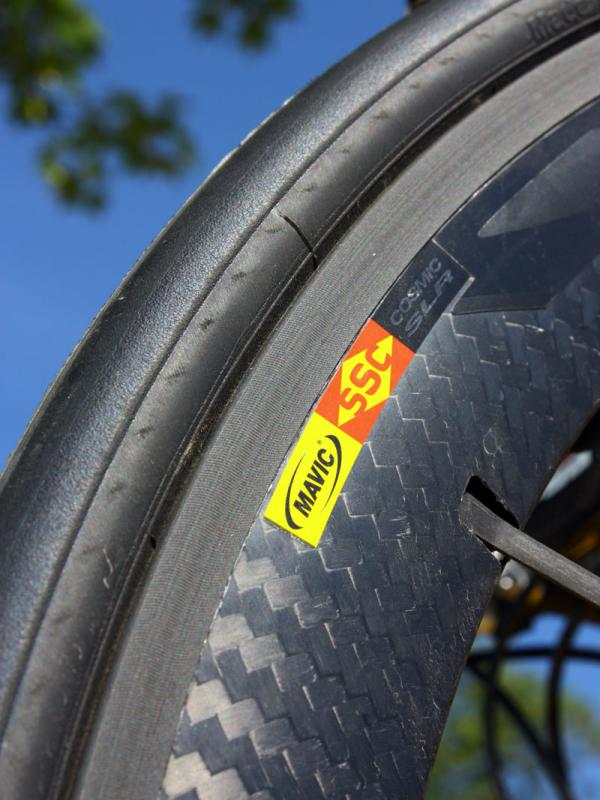

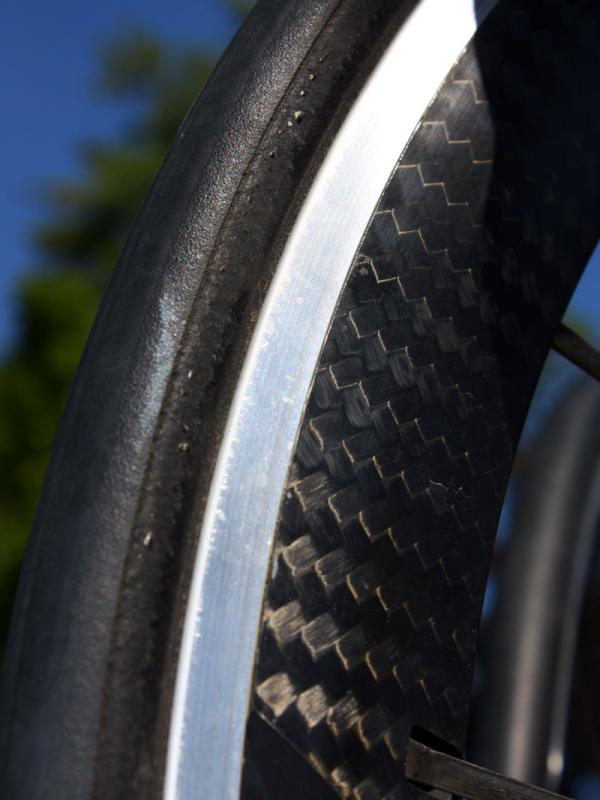
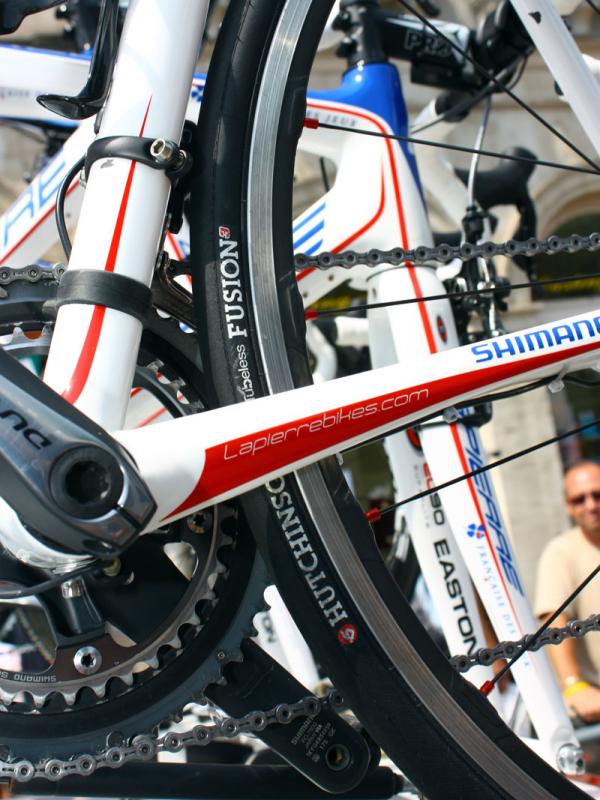
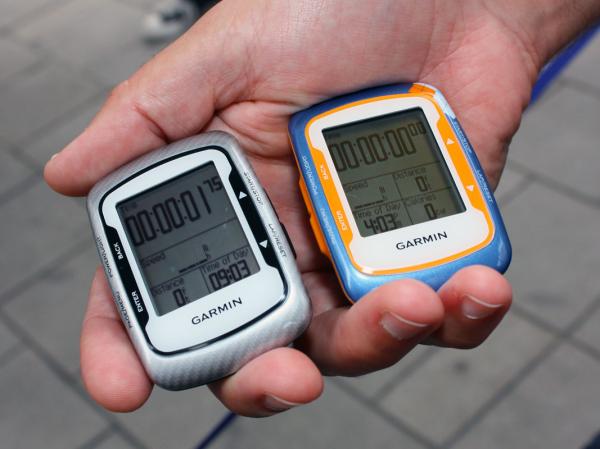
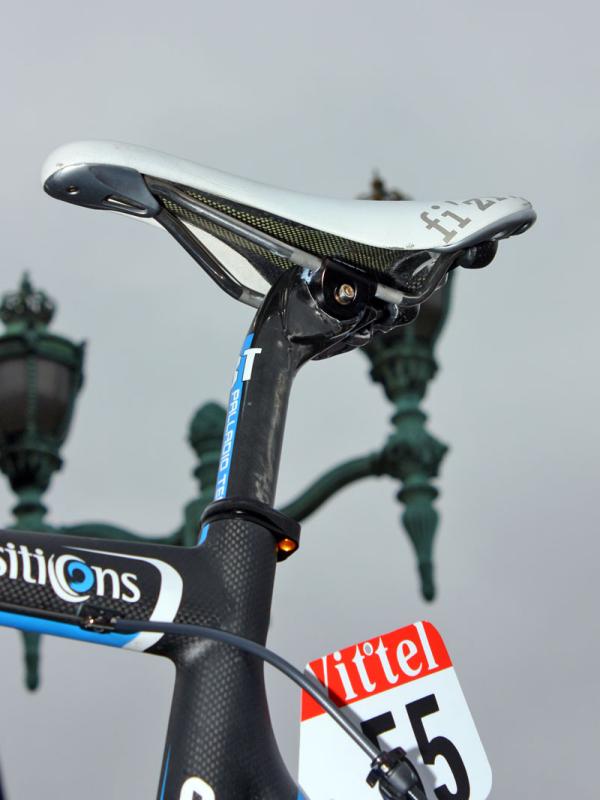
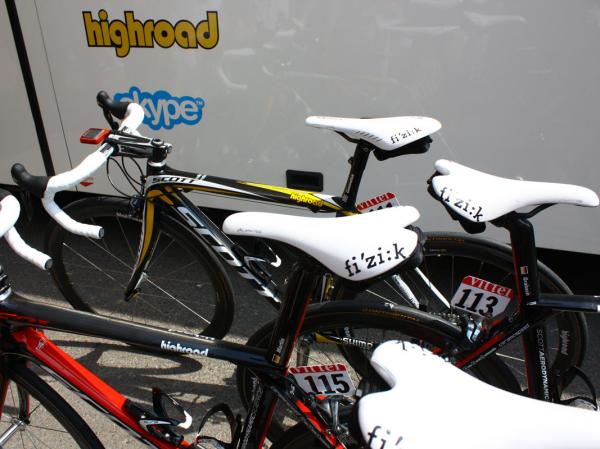
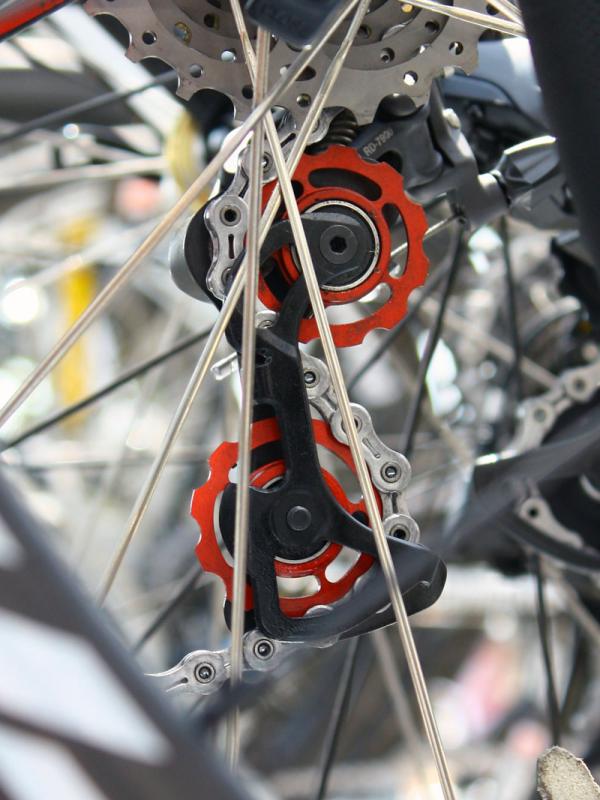
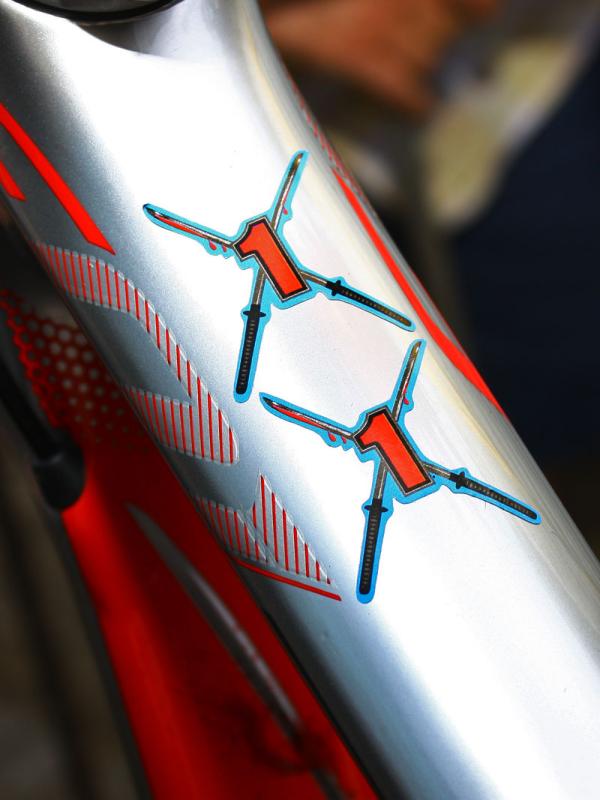
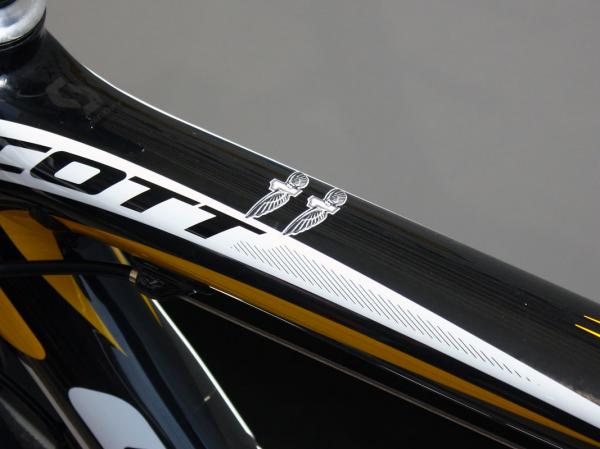
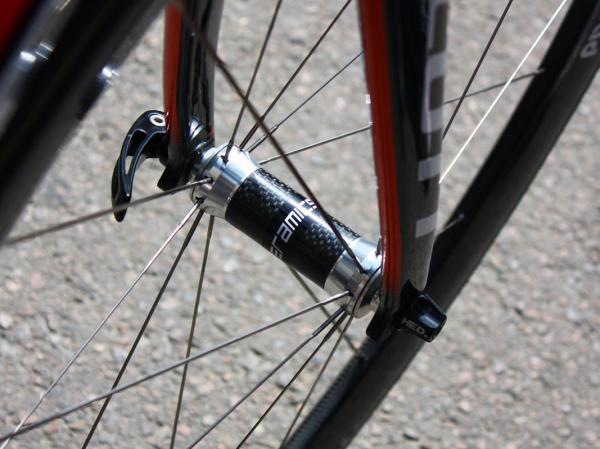
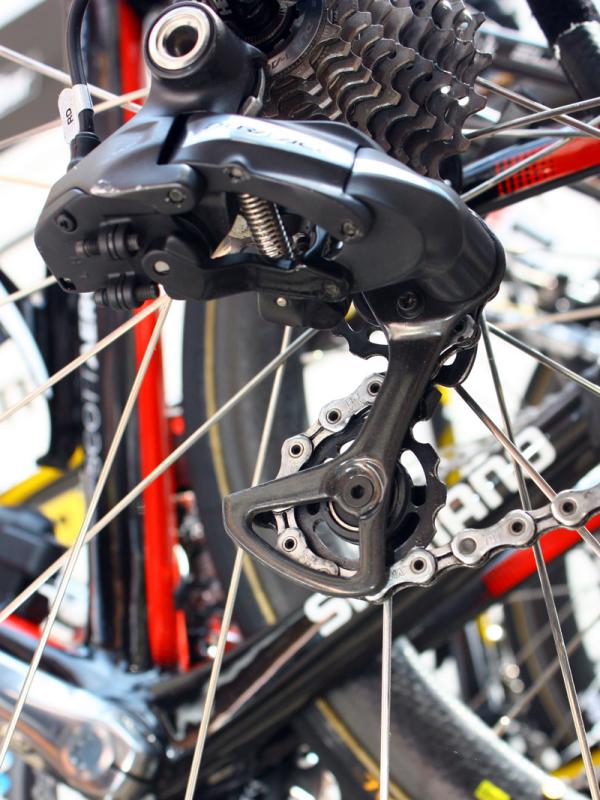
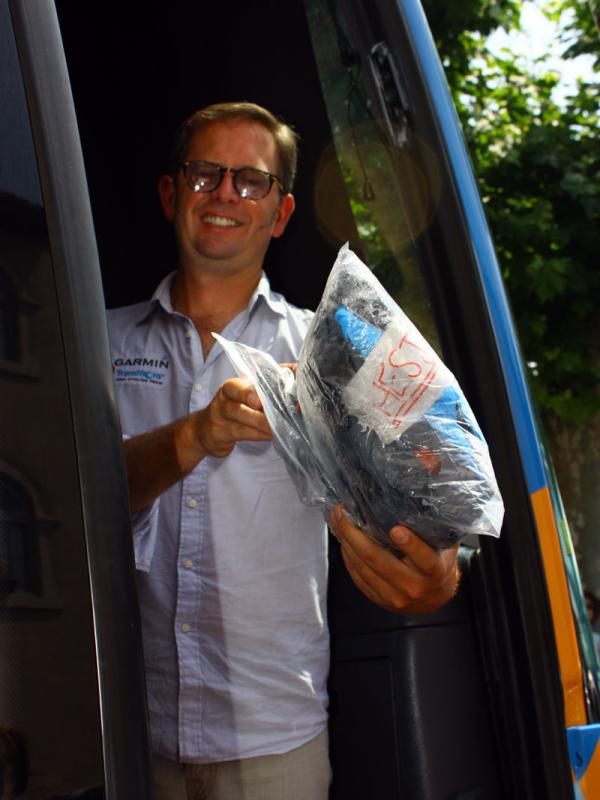
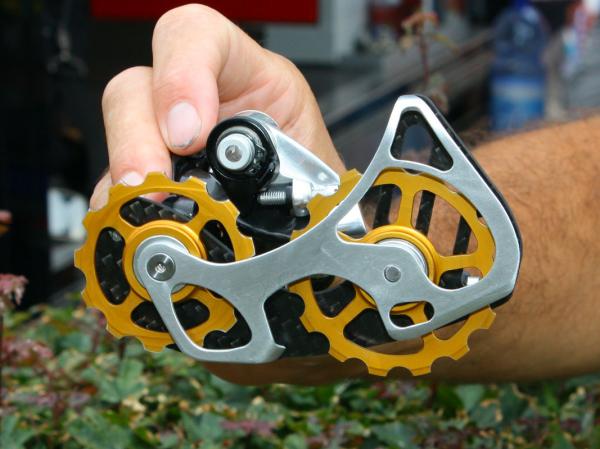
It's never too late for business, even at the Tour de France.
HTC-Columbia mechanic Jan Lindberg tells us the team signed a formal sponsorship deal with Danish bearing company Ceramicspeed on the day of the opening prologue. Since then, the entire fleet of team bikes has now been properly equipped with low-friction ceramic bearings in the bottom bracket and hubs while the derailleurs get complete ceramic-equipped alloy pulley wheels.
Based on what we've seen before, we're guessing at least some team riders were already running ceramics but now it's official with decals and all.
Star sprinter Mark Cavendish has returned to his winning ways with victories in Stages 5 and 6 but it's worth nothing that both successes came aboard his old Scott Addict – not the new samurai-themed Project F01 aero bike that he started on at this year's Tour de France.
According to team marketing and communications head Kristy Scrymgeour, the issue isn't with the bike itself (which Scott says has tested even stiffer than its Addict) but rather the fit. We noted in his Pro Bike feature that Cavendish moved his position further forward on the new bike but Scrymgeour says he has since reverted.
Cavendish first tried subbing in a slightly shorter stem on his custom-painted machine but it sounds like the modest 5mm decrease wasn't quite enough. According to Scrymgeour, the team was waiting for a properly sized replacement to arrive and 'Cav' was expected to switch back then.
New brake track treatment on alloy-rimmed Mavic wheels
Get The Leadout Newsletter
The latest race content, interviews, features, reviews and expert buying guides, direct to your inbox!
Spare aluminum-rimmed wheels mounted atop the Mavic neutral vehicles incorporated a new brake track that's unlike anything else we've seen. Instead of the typical circumferentially grooved machined finish, the new track is far more elaborately textured – apparently in an effort to gain more pad bite.
Moreover, the brake track is black, not silver, and we couldn’t find a smidgeon of pad wear on any samples we spotted. While it's possible that none of them had yet seen any use, we find it more likely that it's some sort of extra-hard surface treatment to combat wear though the fine machined-looking pattern suggests to us that it's not a redo of Mavic's old ceramic technology.
Also on display throughout the Mavic-sponsored teams were new black reflective rim decals that lend a nice, stealthy appearance during the day but extra visibility in case you're caught at dusk.
Mavic officials weren't available to comment further at the time of this writing but the company's official 2011 launch is coming up in a few weeks so we'll keep you posted.
More Berner-equipped SRAM rear derailleurs pop up at Le Tour
We spotted just a handful of Berner-equipped SRAM Red rear derailleurs early on in this year's Tour de France – mostly on TT machines – but the unique-looking carbon fiber cages and hugely oversized 13T/15T upper/lower anodized aluminum pulley wheels have popped up on more road bikes as the race has wound its way around eastern France.
Among the advocates are Andy Schleck (Saxo Bank) – who admittedly has been using them since the start in the Netherlands – but also Astana's Alberto Contador and Alexandre Vinokourov, and Lance Armstrong (Team Radioshack), all of whom made the switch sometime after Stage 2.
The thinking behind German Wolfgang Berner's oversized pulley layout is that it noticeably reduces drivetrain friction by reducing the angle by which each chain link has to bend as it makes its way up to the cogs but SRAM road sports manager Alex Wassmann confirmed to us several days ago that the company was still determining whether or not that advantage was physical or mental.
Given the fact that all of SRAM's top GC hopefuls are using the setup, though, it's clear that the company is looking at the idea very seriously and we wouldn't be surprised to see it makes its way into production at some point.
Road Tubeless makes an appearance at the Tour de France
Bucking trends in the consumer market, riders at this year's Tour de France are again almost exclusively rolling on traditional tubular tires, citing their lower weights, better ride quality, enhanced cornering capabilities, and heightened safety (.they can be ridden totally deflated mostly without fear of separating from the rim). Ag2r-La Mondiale and Francais de Jeux are notable standouts, though, the former running standard tube-type clinchers and the latter on Hutchinson's Fusion 3 Road Tubeless tires – mostly on spares in both cases, though.
We've seen clinchers at the Tour de France before but this is the first time we recall seeing Road Tubeless – whether on mains, spares, or otherwise – at road cycling's grandest stage. Whether or not it's a sign of things to come remains to be seen but it's a noteworthy occasion from a tech perspective nonetheless.
More on (the lack of) tire sealant at Le Tour
Teams may not be using preventative tire sealants at the Tour de France but is sounds like it's not because they aren't interested in it – Garmin-Transitions rider Steven Cozza himself sent Cyclingnews a message saying they've looked into the idea in the past with one test session in particular that involved the guys "smashing wheels trying to hit the largest potholes" they could.
Cozza reports that the sealants they tried (both Stan's NoTubes and Effetto Mariposa Caffelatex, according to team mechanic Kris Withington when we followed up with him prior to Stage 7) both worked but not as quickly as they needed them to, particularly for more catastrophic failures like pinch flats. According to Cozza – whose account was backed up by Withington – the slow self-repair was ok in terms of saving a tire or being able to limp along for a while but not good enough to totally remove the need for a wheel change during a race.
Withington tells us, however, that the team did run several riders in Paris-Roubaix with sealant this year but mostly support riders that weren't overly hindered by the extra 50g per tire.
Still, it sounds like the concept is mostly hindered by the lack of a specific formula that addresses the particular needs of road racers. Stan's NoTubes already offers a blend with a shorter shelf life that caters to top-level mountain bike racers and a similarly dedicated variant designed to work better on pinched high-pressure tubulars – maybe something with more plugging material? – might just do the trick.